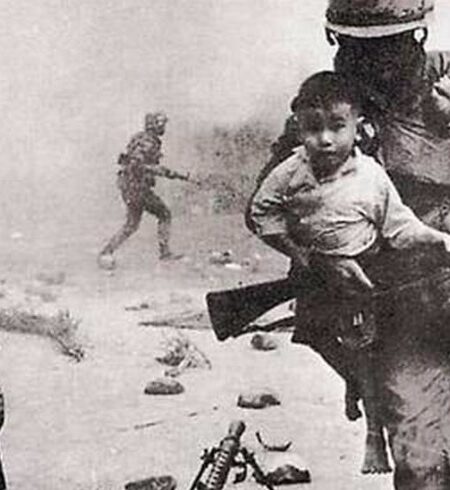The Vietnam War is one of the most documented conflicts in modern history, yet so many moments remain hidden beneath the surface. Beyond the iconic images of helicopters, protests, and war correspondents, there’s a deeper, more complex story—one that reveals the human cost, untold perspectives, and surprising details often overlooked. From the soldiers on the front lines to the civilians caught in the crossfire, these rare glimpses into the war shed light on a history that is still shaping the world today.
The Draft Lottery of 1969
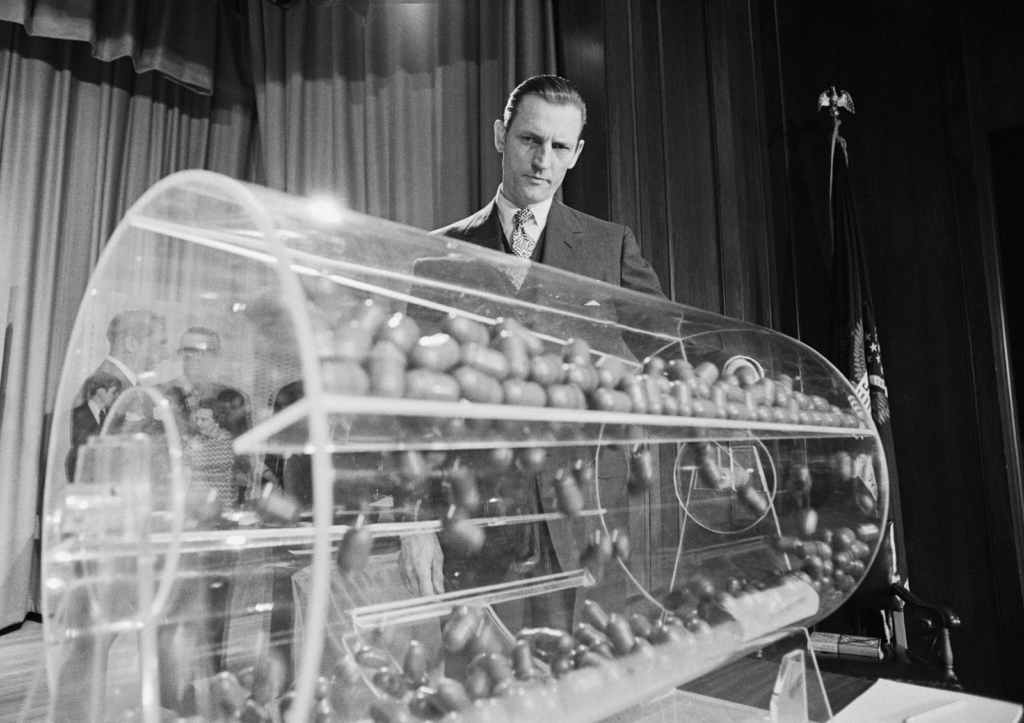
On December 1, 1969, the U.S. introduced the draft lottery system as a way to figure out which young men would be sent to fight in the Vietnam War. Broadcast on television, the lottery featured randomly selected birthdates as they were pulled from a glass jar. Can you imagine if this method was till being used today? The last draft lottery drawing occurred on March 12, 1975, bringing an end to a dark era in U.S. history.
Hanoi Jane
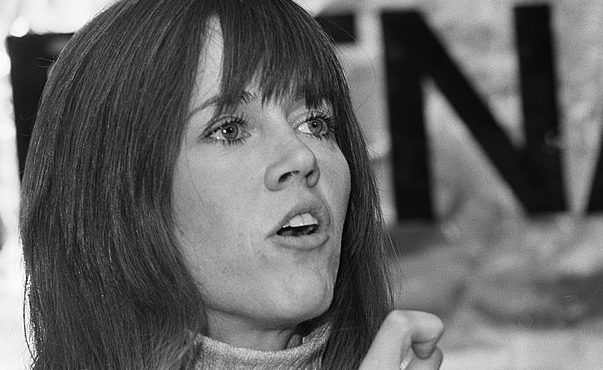
In 1972, actress and activist Jane Fonda earned the nickname “Hanoi Jane” after visiting North Vietnam during the height of the Vietnam War. Fonda, a vocal opponent of the war, was photographed sitting on an anti-aircraft gun used to shoot down American planes, sparking outrage back home. Many conservative voices viewed her actions as a betrayal of veterans and the men fighting in the war. Fonda later apologized for the incident, but the image and her outspoken criticism of the war left a lasting mark on her reputation.
Thousand Yard Stare
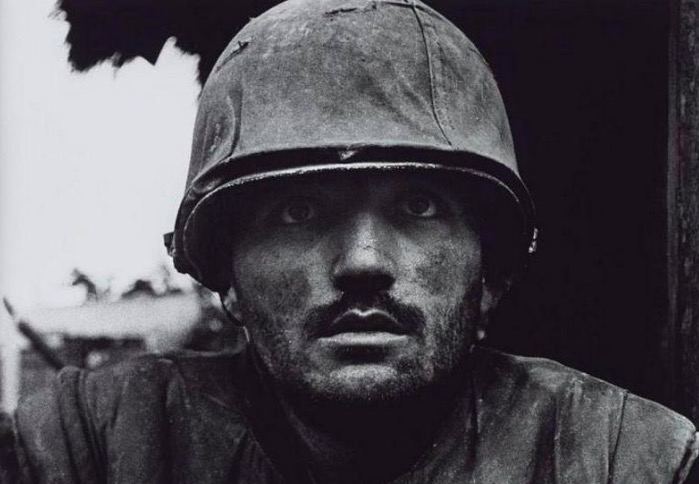
This U.S. Marine, waiting to be evacuated from the city of Huế in 1968, is an example of what is called a “1,000-yard stare”. The brutal nature of the fighting in Vietnam and especially in urban battles like Huế turned images like this into some of the most well-known depictions of the conflict. The psychological wounds suffered by American troops in Vietnam meant that for many who fought, they were never able to truly leave the conflict. This legacy of post traumatic stress disorder has cemented itself as one of Vietnam’s many horrific legacies.
Repairs
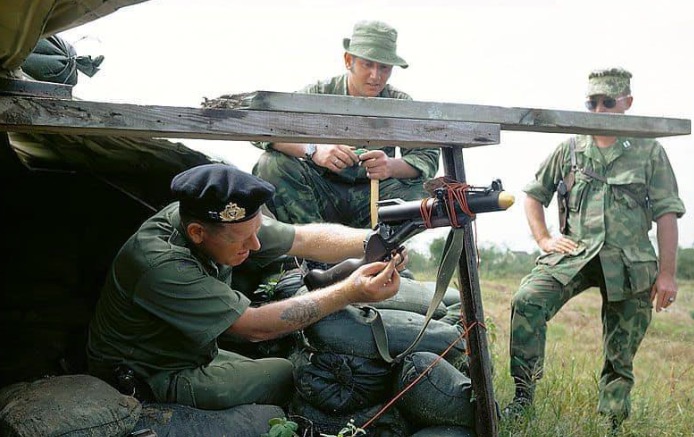
An officer from the Royal Australian Navy helps to repair an American M79 grenade launcher. Although the United States sent the bulk of foreign forces to aid in South Vietnam’s fight against North Vietnam, they were not the only country to do so. New Zealand, South Korea, Thailand, and Australia all provided support to the U.S. and the South. Their reason for doing so was the same as the United States: they were staunchly anti-Communist and feared the consequences of North Vietnam’s victory and potential communist expansion thereafter. Australia sent the second largest contingent and fought alongside U.S. forces in many battles. Their expertise in jungle warfare was highly valuable and of great assistance to the U.S. and South Vietnam.
Unconventional Tactics
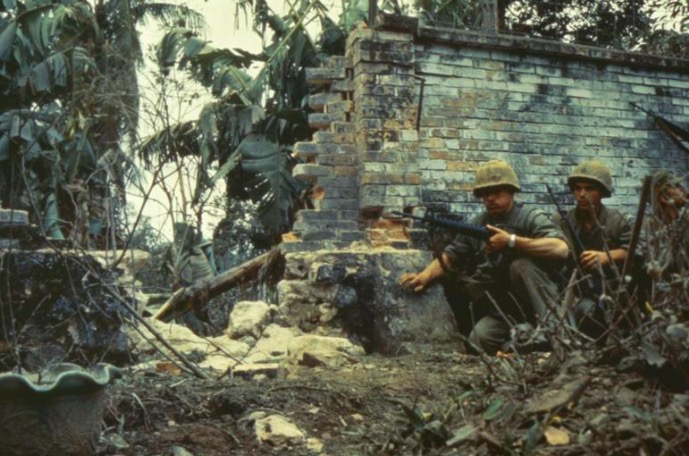
A colorized picture of urban combat in the city of Huế. The U.S. Army ran into great difficulties in fighting against the North Vietnamese, because American troops were trained and equipped for World War II style conventional warfare, not guerilla warfare that the Vietcong practiced. However, in bloody urban battles such as Huế, the United States was better able to utilize it’s training and equipment and had an advantage. The Americans were able to use tanks and exploit their advantage in conventional fighting against the lightly armed Vietnamese troops.

